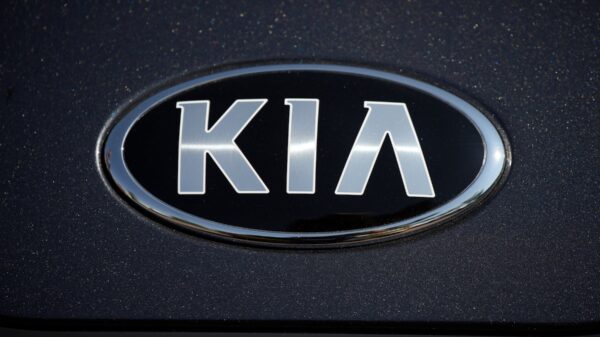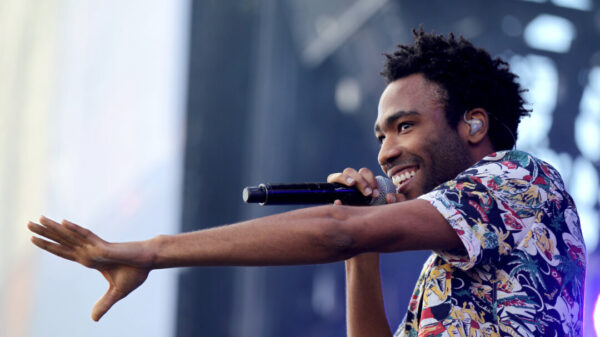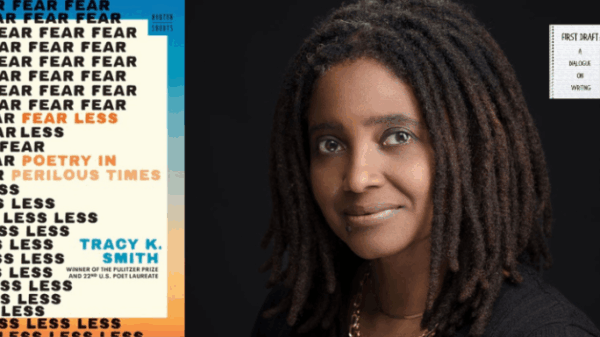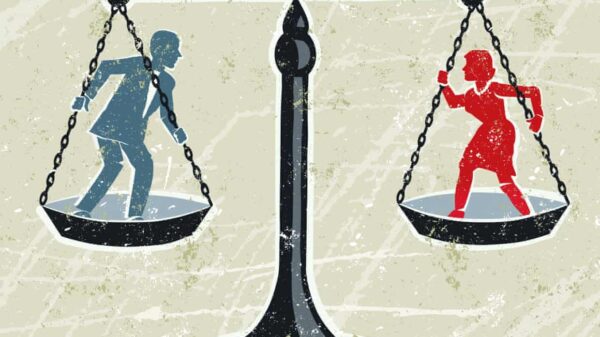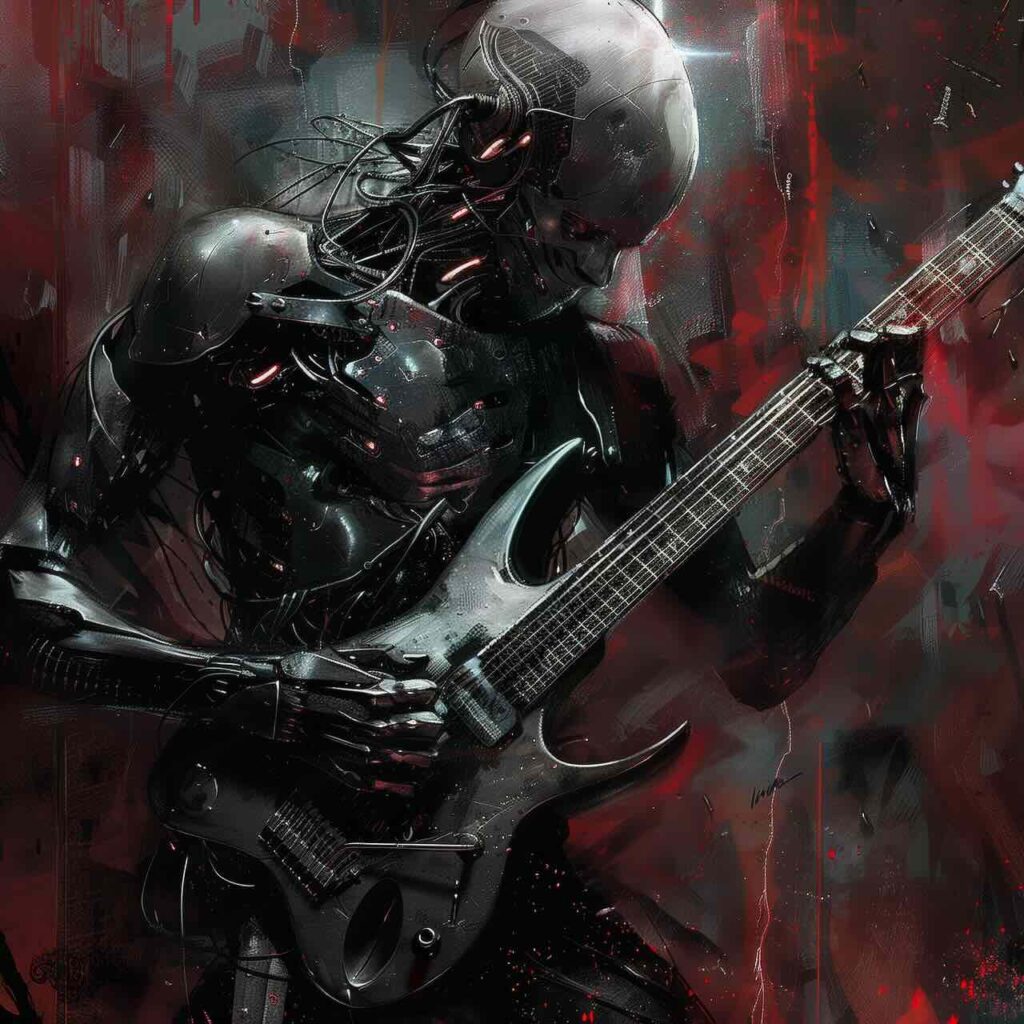The music industry is witnessing a significant shift as Universal Music Group (UMG) announces a new partnership to enhance its artificial intelligence (AI) music patents. This move raises questions about the future of human artists, songwriters, and producers in a landscape increasingly dominated by technology.
UMG’s initiative, unveiled earlier this week, suggests a growing acceptance of AI in music creation, potentially sidelining decades of human creativity. Critics, including music industry expert Bobby Owsinski, express concern that the traditional roles of artists and songwriters may become obsolete as AI tools become more prevalent.
AI Music Designers on the Rise
The emergence of AI music designers adds another layer to this evolving narrative. Hallwood Media recently secured a deal with Imoliver, touted as the leading music designer on the AI-driven platform Suno. The industry now refers to Imoliver as an AI “music designer,” which some argue diminishes the value of human creativity. This new terminology may signal a shift in how the public perceives music creation, with future generations potentially aspiring to become AI music designers rather than traditional artists.
Owsinski acknowledges that while using AI in music production requires skill and practice, it cannot replicate the unique creativity that comes from years of musical training. He emphasizes that AI tools may assist musicians in certain areas, such as providing backing tracks or vocal imitations, but they lack the ability to produce truly innovative music.
The Financial Implications of AI in Music
The implications of UMG’s pivot towards AI are significant. The music industry has long been characterized by substantial costs associated with artist compensation. By employing AI, labels could potentially eliminate these expenses, leading to higher profit margins. Owsinski points out that as labels increasingly focus on catalog management rather than new music production, they may evolve into intellectual property management companies, further distancing themselves from the artistry that once defined the industry.
Despite the potential for AI-generated music, Owsinski remains hopeful that audiences will continue to appreciate the authenticity of human-created art. He notes a growing trend where consumers are rejecting AI-generated content in various creative fields, from visual art to writing. The anticipated AI-driven hit songs may capture attention initially, but Owsinski believes they will lack the staying power of music crafted by human hands.
As UMG invests heavily in AI music patents, the industry stands at a crossroads. The prospect of an AI-driven music landscape challenges the traditional notions of artistry and creativity. Yet, Owsinski argues that the future of music will ultimately belong to those who embrace genuine human expression.
With this ongoing transformation, the industry may soon see a divide between companies that prioritize AI integration and those that remain committed to nurturing real talent. As Owsinski concludes, there is a burgeoning movement of musicians and creators who value authenticity, which could leave traditional music labels struggling to keep pace in this rapidly changing environment.




























